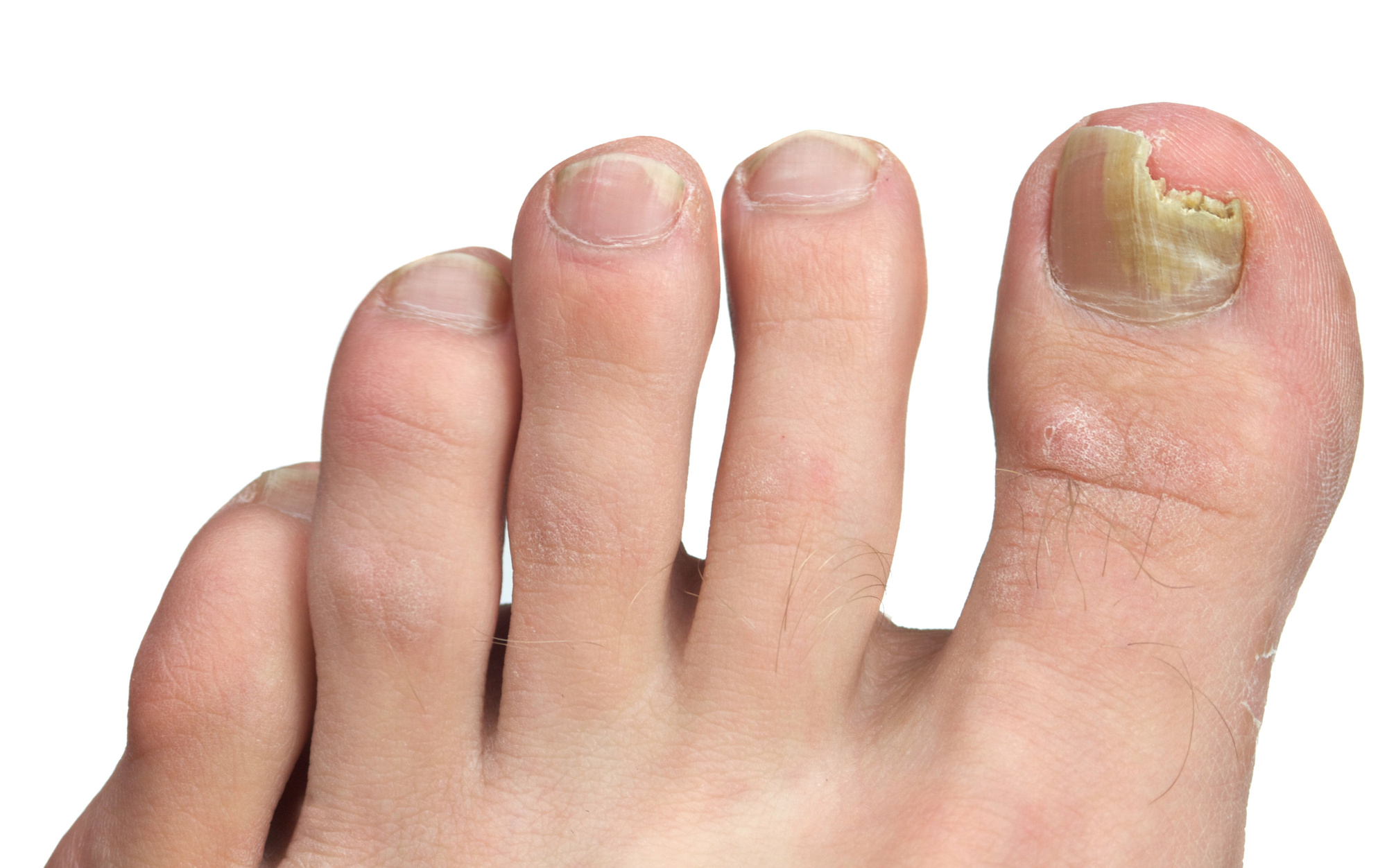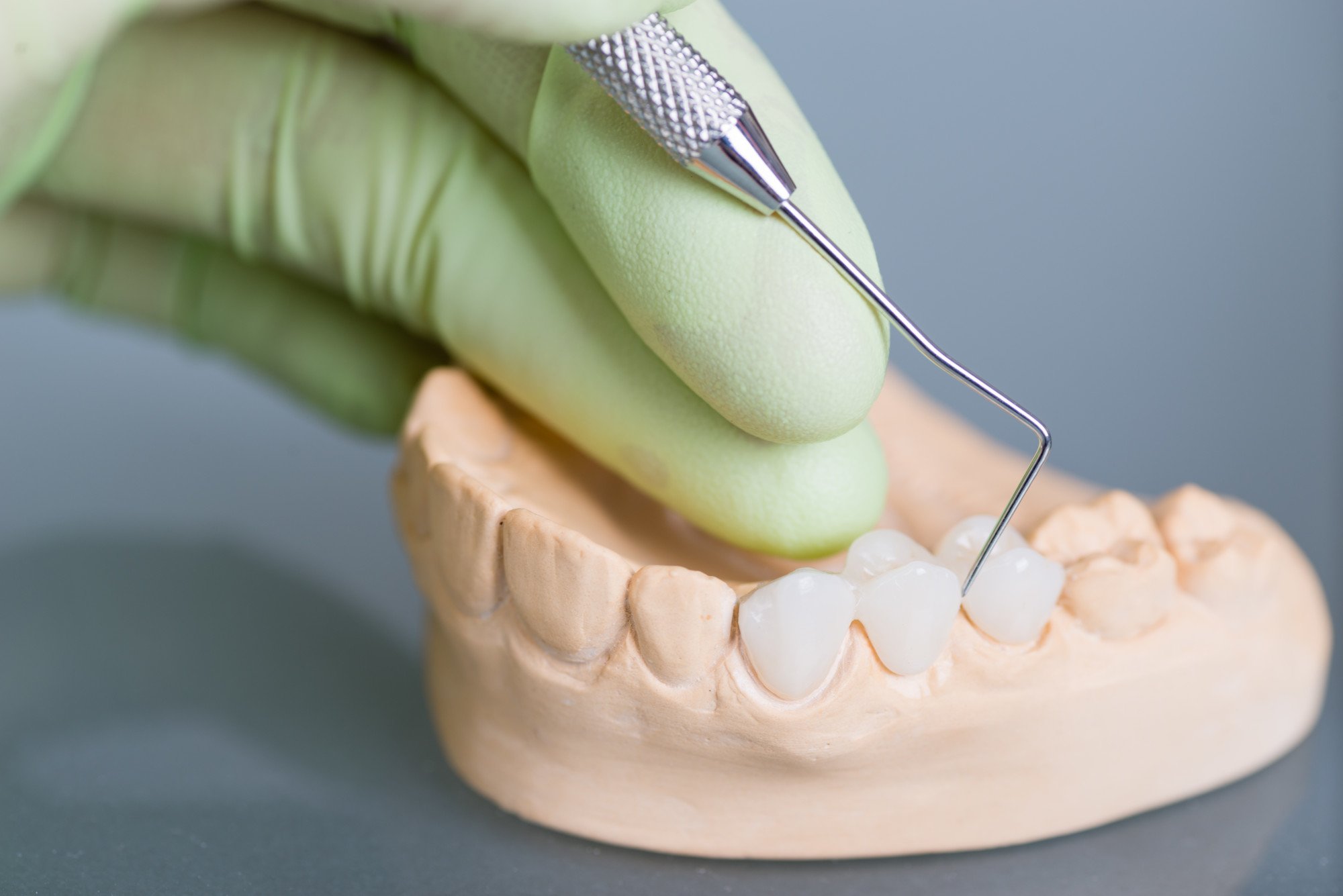
Are you worried that you have a nail fungus? It’s a valid concern and one you’re better off ruling out sooner rather than later. This nasty infection can aggravate your day-to-day life and cause painful symptoms!
But what do toenail fungus symptoms look like, and how do you know if it’s really a problem or not?
There are four different types of toenail fungus, and knowing the difference can save you a lot of worry. We’re going to cover them below. Keep reading to learn more!
Subungual Onychomycosis
Subungual onychomycosis is a type of toenail fungal infection caused by dermatophytes, yeasts, or molds. Characterized by discolored thickening of the toenail or fingernail, the infection may spread to the surrounding skin and can cause pain or discomfort.
Depending upon the severity, the nail may lift off the skin of the toe or finger, leaving an open and exposed area. This type of infection is most prevalent in toenails, however, fingernails may also be affected.
Those with weakened immune systems, poor circulation, or medical conditions such as diabetes are most prone to the disease, as well as those who regularly wear tight-fitting shoes or participate in sports that involve foot trauma. Toenail fungus treatment typically consists of topical or systemic antifungal medications as determined by the severity of the disease.
White Superficial Onychomycosis
White Superficial Onychomycosis is a type of toenail fungus caused by dermatophytes. It is a common toenail fungal infection of the toenails that results in a white or yellow discoloration along the edges of the toenail. This superficial fungal infection results in a thickening of the nail and the nail becoming brittle.
In addition, the fungus may cause small white patches or spots to appear on the nail plate that often peel off. In terms of medical treatment, antifungal toenail fungus medication in either the form of topical or oral treatments should be used to help treat the White Superficial Onychomycosis. Depending on the severity and type of infection, the treatment plan could last anywhere from a few weeks to a few months.
Proper hygiene practices such as washing hands often, wearing dry socks, and alternating shoes should also be employed to prevent the infection from spreading or reoccurring. If left untreated, the infection could worsen and spread to other toenails and even to the skin around the nails.
Proximal Subungual Onychomycosis
Proximal Subungual Onychomycosis, an infection caused by a Dermatophyte fungus, is one of several types of toenail fungus. This type of fungal infection typically occurs in one toenail, usually one located on the big toe. The symptoms include a thickened, yellow-brown discoloration on the nail, which may lead to the nail becoming distorted and separated from the nail bed.
The infection occurs in the proximal (closer to the cuticle) and subungual (beneath the nail plate) regions of the toenail. Treatment may involve oral antifungal medication, topical cream or nail lacquers, or occasionally surgical removal of the nail.
An early case of Proximal Subungual Onychomycosis is often reversible if treated as soon as the symptoms appear, whereas a later stage infection may result in permanent damage of the nail and loss of the nail. Taking precautions to prevent toenail fungus is an important way to protect your feet from infection.
Candida Onychomycosis
Candida Onychomycosis is a type of toenail fungus caused by a yeast-like fungus known as Candida. In general, it is characterized by discolored, disfigured toenails, often with the nails thickening and becoming distorted.
It may also be accompanied by pain and tenderness of the toe, particularly in the early stages of the infection. The most common cause of a Candida Onychomycosis is direct contact with the fungus, although it can also develop from an underlying health issue or due to factors such as trauma or aging.
Treatment often involves topical or systemic antifungal medications and the use of conservative management strategies such as debridement, good foot hygiene and trimming of the infected toenails. In chronic or recurring cases, laser treatment may be needed to remove the fungal material residing in the nail bed.
Distal Subungual
Distal Subungual is one of the most common types of toenail fungus. It begins as a white or yellow spot under the toenail, and it may gradually spread along the toenail and cause a discoloration. The nail may start to thicken and the nail edges may become crumbly.
As the fungus spreads deeper, the infection can cause pain and inflammation around the nail bed. This type of fungus is mostly caused by dermatophytes, a group of fungi that feed off of keratin which is the protein found in nails and skin.
Treatment for this type of fungus is typically topical antifungal medications, however, oral antifungal medications may be prescribed in severe cases. Proper hygiene and nail care are also important in managing and preventing the spread of infection, as well as keeping the infection from recurring. You may also check for Jublia price treatment.
Learn More About Types of Toenail Fungus
Toenail fungus can be a frustrating problem, but knowing the types and how to identify them can help you take the right actions to restore healthy toenails.
If your symptoms do not improve, it is important to seek professional medical care to ensure a timely and successful treatment. Consider speaking with a medical professional to learn more about types of toenail fungus.
Did you find this article helpful? Check out the rest of our blog for more!





